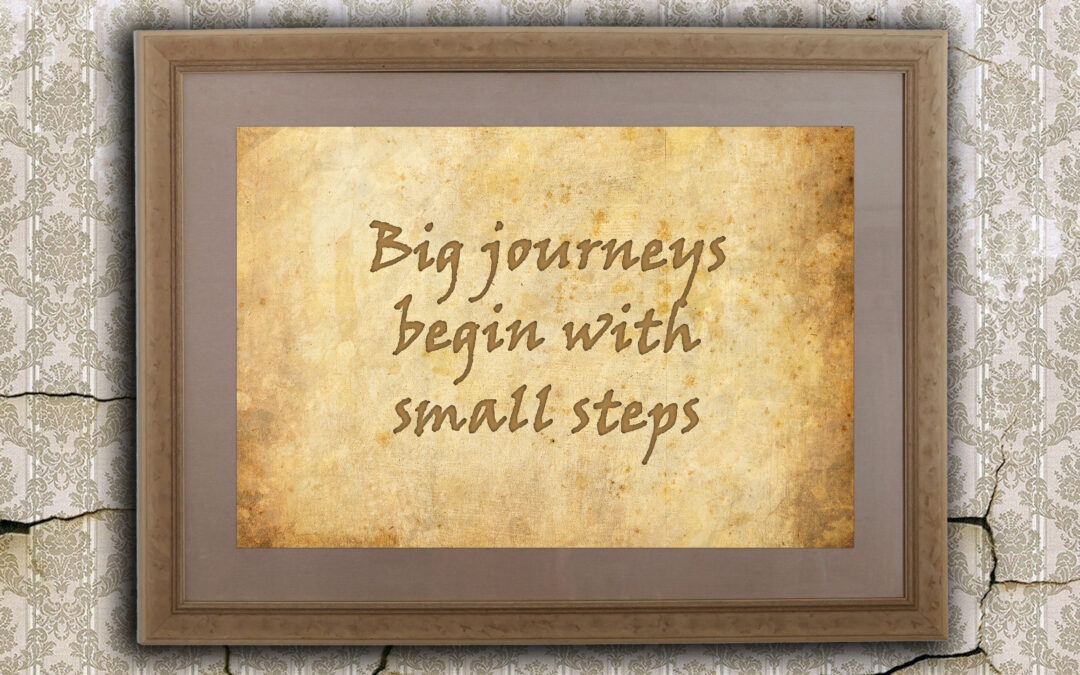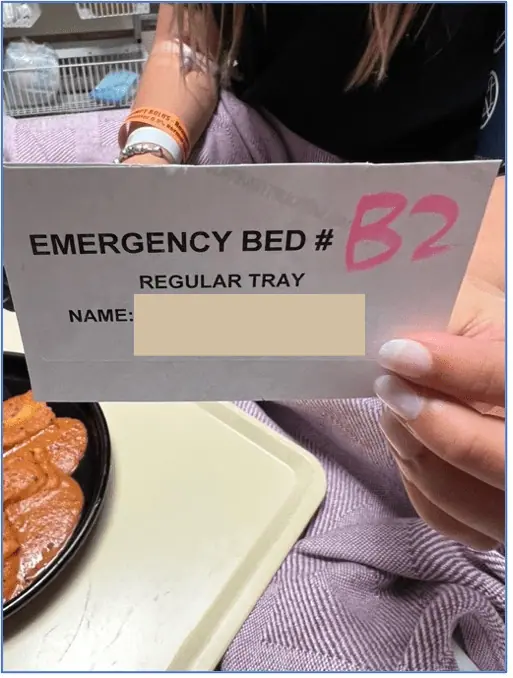Our journey began almost 2 years ago now and I had no idea how much my life was going to change. Looking back, I am thankful for our experiences as they have grown me in a way I never thought possible.
Let me begin. It all started out with anxiety and a move from Nova Scotia to Alberta. That can be a huge change for anyone, especially a teenager leaving their entire life behind. I noticed eating patterns changing but chalked it up to anxiety. Mistake! I should have delved in further but I just made an assumption. Eating disorders love it when you make assumptions as they get to hide further into the dark.
Covid hit and school went online and my kids weren’t really able to establish any social connections yet. More anxiety, more stomach problems. Okay, let’s treat the anxiety as it had been an issue since grade 6. Still no changes in the eating issues. Now we were at the hospital regularly with gastritis, stomach pain, stomach issues NYD (not yet diagnosed). More testing, more bloodwork, more pills. Still no answer or diagnosis.
Finally, after a significant amount of weight loss with these ongoing stomach issues, an astute ER doctor at Alberta Children’s Hospital (I still am thankful for her) took my daughter aside and challenged her. She knew what it was and said that if she didn’t tell me, they were going to admit her for further testing. I went back into the room and “Blackout” – her nickname and not because she blacked out from alcohol or drugs but her fainting episodes with the eating disorder – decided to share with me that she had been purposely restricting and she had lost almost 10% of her body weight in a very short time. Shellshocked but thankful I finally had something to fight other than a ghost. I assumed that since we had a name for it now, I could deal with it. Wrong!
Because we were managing it fairly well, treatment would be available in about 12-13 months. Okay, we got this, right? No. Even as a trained RN I was flummoxed by what I was dealing with. No one had prepared me for the level of intensity and secrecy that was involved in an eating disorder.
Step 1 – Research. I needed to know what I was up against. There were lots of websites but information seemed to be in no logical order of the journey so I knew at some point I would work on a resource for parents with a chronological document (hence the Ultimate Guide). I quickly learned as much as I could and tried to find resources for Blackout.
Step 2 – Discovered that finding experts in eating disorders as a psychologist and dietician were near impossible. As someone with no benefit plans, we were pay as you go and our first psychologist was not a good fit for our daughter.
Step 3 – Joint support groups for caregivers. Surely this must provide some information, and it did. We were able to find our psychologist here and I am eternally thankful that she connected with our daughter. I learned a lot from other parents and the facilitator and this likely propelled me forward in how I cared for my daughter.
Step 4 – More hospital visits, more weight loss, more fainting spells. I was away and my husband took a video of our daughter almost falling down the stairs when she passed out. After much pushing, they admitted her to inpatient. Discovered self harm signs that we had no clue about. Also, an attempt to take her own life which is what eventually got her admitted (although we didn’t know that at the time). ED is so secretive.
Step 5 – Inpatient – wow. I am blessed as it started her recovery journey but it was locked bathroom doors, bedrest for 7 days, and constant vitals and food monitoring. Plus a whole whack of vitamins to prevent her from having refeeding syndrome. It felt like she was in a jail to her and she was known as the “anorexic in room xyz”). Sad but true. They didn’t believe us or her when we told her that purging wasn’t an issue. So the bathroom stayed locked and she couldn’t have a shower for 10 days. Anything that she could self harm with including a pencil sharpener for her art were taken and she had to ask for permission for everything. I remember the day I flew home from BC and she had graduated to a wheelchair ride. It was the first time out of her room in over 7 days. She eventually graduated to walks but she was scolded when we returned 1 day from a walk saying that she was running down the hall (which she wasn’t and I have no idea how they would know). Anyway, she had some amazing nurses which she went back and thanked afterwards but it was a pretty miserable experience.
Step 6 – Discharge and the long road to recovery. She was discharged 6 days before her 16th birthday and the long process started. 3 meals, and 3 snacks a day (all monitored and plated by me). We started intuitive eating fairly early along and it worked best for her. There were relapses along the way and fits and starts, but she told me and we worked through it. More attempts on her life because as the ED behaviours subsided, her anxiety and other thoughts increased. This passed but it was the scariest time of my life. One morning I walked in and said “good morning” and her response was “it didn’t work”. What the heck does that mean? Apparently an OD of pills and she was still alive. She realized then that God obviously had bigger plans for her life.
Step 7 – Recovery continued with an almost fatal car crash (medically related but not ED related or substance abuse related). Then a trip to the PICU with life threatening sepsis a couple of months later. Aside from the trauma of that experience, I remember the absolute joy she felt at the fact that she wasn’t treated as an ED patient and got a full meal tray with no limitations. Apparently she was on a fluid diet but asked her dad for a burger meal which she ravenously ate. The doctors said, “I guess you’re on a full diet now”. We were overjoyed but she was still very sick.
Once she was out of critical condition, she was sent back up to the floor where she had the ED admission on. Initially they said she was going back to the same room which sent us both into momentary panic. However, she was transferred to another room and oddly enough, it became a healing experience for her. She was able to remember that floor as a place of healing and not of restrictions and being treated like someone without an eating disorder.
Current Day – Recovery continues and the anxiety lingers. Some days are better than others but her eating is great and she is living in wellness. She continues to help others and be a voice for those who cannot speak.
I still struggle with PTSD and am hyper-vigilant about behaviours or if I see something that appears out of kilter. However, we have a deal and if she’s ever feeling like she needs support, she asks. You are my hero Blackout, and we will walk the rest of the journey together. Love Mom.
And this, this is why I wanted to create something for parents and caregivers to help them along their journey so maybe one day you will see a “regular tray” sign in your journey.


